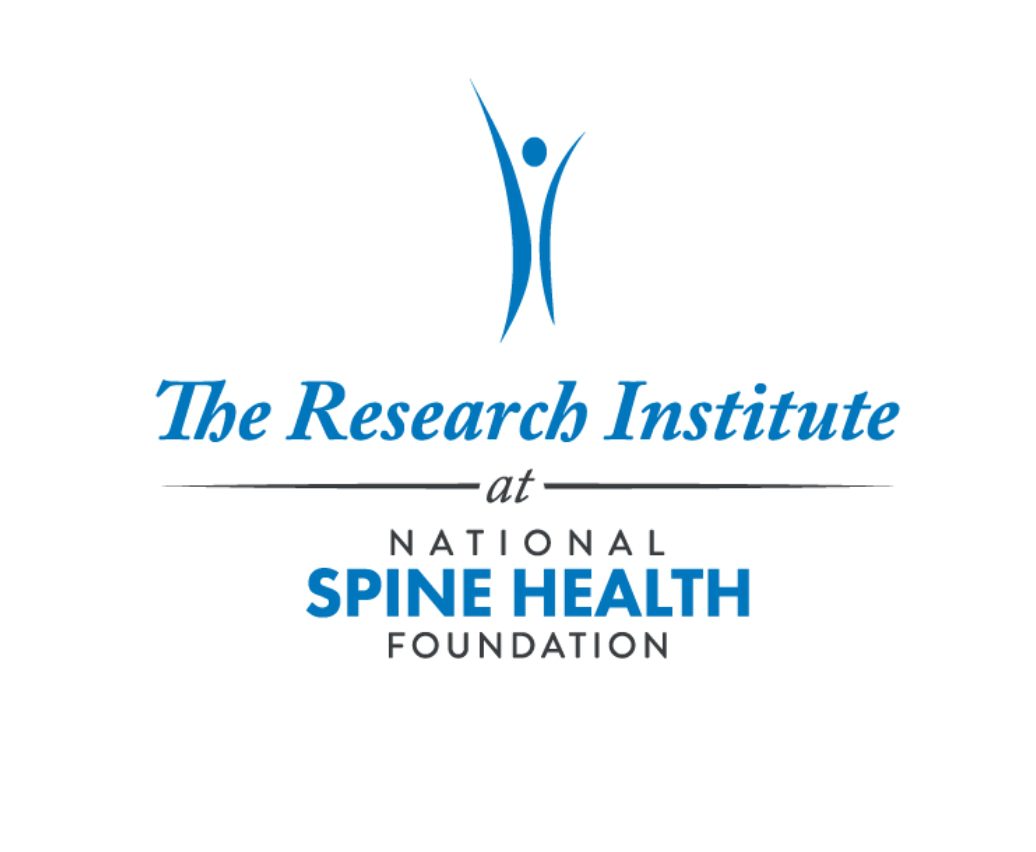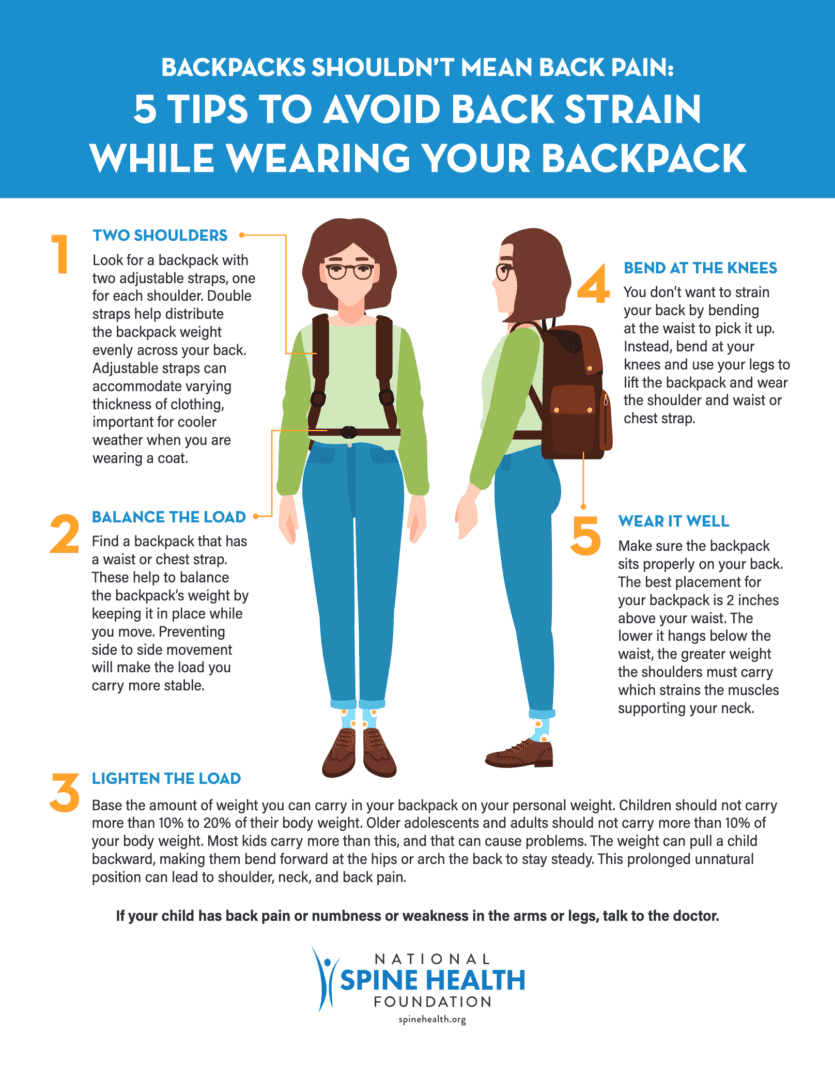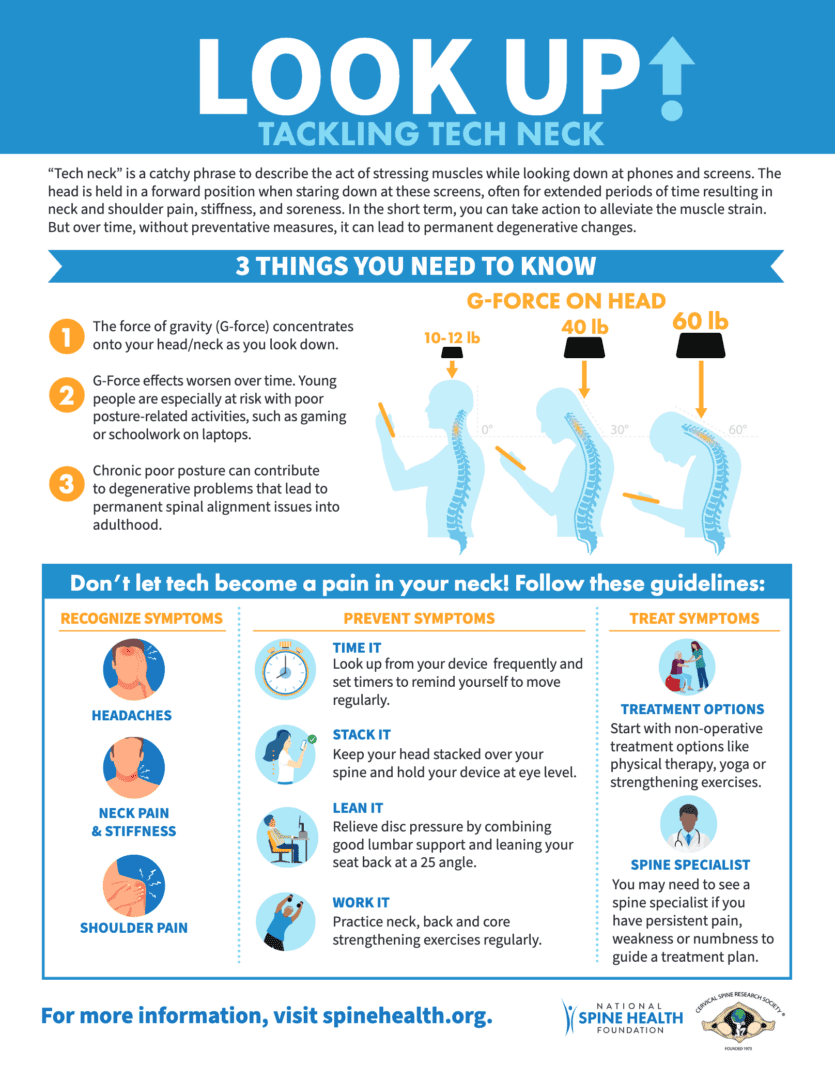
By: Justin Pokrant
The adolescent years mark a pivotal period of growth and development—a period where promoting spine health practices can lead to lifelong payoffs. However, when we are young, we often lack this foresight. As an adolescent myself, I can safely say that the school system fails to stress the profound importance of proper spine health practices. In fact, school protocols often put immense strain on students’ spines, whether lugging 30-pound loads across campus or sitting with the worst slouches imaginable for hours at a time.
With the holiday season ushering in some time to rest and reflect, it becomes increasingly imperative for adolescents to understand and adopt practices that support a healthier spine. What better way to start the New Year than with some healthy spine habits?
Importance of Adolescent Spine Health:
The adolescent body is a malleable masterpiece, at the center of which is the spine. The spine serves as the physical and metaphorical backbone of the body, supporting movement, sustaining structural integrity, and protecting the life-sustaining spinal cord. Neglecting spinal health during adolescence can manifest in musculoskeletal discomfort and can lead to spinal issues later in life.
Adolescence marks an unparalleled stage of skeletal development. Yet, it is a stage vulnerable to risks stemming from the sedentary nature of the school day—a system plagued with prolonged sitting, problematic posture, and poor ergonomic setups. Sure, shifts toward increasingly digital learning models may take a load off of students who once had to carry stacks of textbooks from class to class, but the subsequent increase in screen time has only amplified the aforementioned risks. Unfortunately, the fallout from these factors poses pressing threats that can lead to postural irregularities and muscle imbalances. Fortunately, where there is a problem, there is always a solution.
Five Simple Steps for a Happier Spine… and a Happier New Year:
- Active Postural Awareness: The importance of proper posture cannot be understated. Whether sitting or standing, skiing or skating, always remind yourself to maintain proper posture. Remember to keep your shoulders relaxed, spine aligned, and feet flat on the floor when seated. To put these habits into permanent practice, consider drawing a simple diagram on a mirror that you see every morning or setting periodic reminders on your phone to simply sit up straight.
- Better Backpack: First and foremost, empty out your backpack entirely, and I mean everything—even those random scraps of paper buried at the bottom. Then, consider what you might not need to drag to and from school every day. Find new homes for those things, and carefully arrange the remaining materials in a way that distributes weight across multiple compartments. If that is not enough, it might be worth purchasing a backpack with padded straps and additional support. While wearing your new and improved backpack, make sure you use both straps and adjust them to sit comfortably on the back—tightened so that the bottom doesn’t hang below the waist—to utilize your core and shoulder strength and minimize spinal stress. Take a look at the infographic below from “Backpacks Shouldn’t Mean Back Pain: 5 Tips to Avoid Back Strain While Wearing Your Backpack” for more information!

- Screen Time: For many families, screen time is a touchy subject. As our world becomes increasingly digitized, we can’t ignore the increasing demand for students to spend time online. While screen time was once a want, now it is often a need. We must acknowledge that and act accordingly. That being said, there are many ways to make the most of our screen time, one of which is through the 20-20-20 technique—a fundamental principle in preserving our ocular and spinal health. For every 20 minutes spent on a screen, whether writing a paper or watching online lectures, stop and focus your eyes on something 20 feet away for 20 seconds. This refreshing intermission allows not only for ocular reprieve but also serves as an opportunity to adjust posture and alleviate strain on the spine. Perhaps try slowly tilting your head from side to side to release stiffness, standing up and touching your toes to realign the spine, or doing any similar stretch of your choosing to make the most of your 20 seconds. Finally, when you sit back down for another 20 minutes of screen time, don’t forget to sit up straight!
- Tech Neck: Failure to follow the 20-20-20 rule and similar strategies to enforce ergonomic screen use can result in Tech Neck—a term that defines the “pain and strain to the cervical spine and its supporting muscles” when we look down at screens for prolonged periods. Unfortunately, this phenomenon will affect adolescents tenfold, not only due to the digitalization of many modern systems, but also because our exposure to screens started so young. The National Spine Health Foundation’s ‘Look Up’ campaign advocates for timely breaks, proper posture, and strengthening exercises to alleviate and prevent the painful symptoms of Tech Neck. Take a look at the infographic below from “‘Look Up’ to Prevent Neck Pain” for more information!

- Establish an Ergonomic Workspace: Your workspace plays a pivotal role in spinal well-being, and spinal well-being plays a pivotal role in productivity. Setting up an ergonomic workspace may involve investing in an adjustable chair, making sure your desk is at an appropriate height, and moving your screen to meet you at eye level. These simple changes can spark countless biomechanical benefits, minimizing strain on the cervical spine and making your workspace much more comfortable.
- Lead by Example: This one is for all the parents out there. Believe it or not, we look up to you! Parents serve as adolescents’ primary role models, and by employing ergonomic practices, parents not only improve their personal spine health, but they are likely to impart invaluable lessons in spinal care to their children. Parents, you can set a standard for spine health in your family by simply being a role model. You got this!
Conclusion:
As adolescents navigate through the holiday season and step into the new year, prioritizing spine health is paramount. Simple adjustments in daily habits and practices can significantly contribute to maintaining a healthy spine, minimizing the risk of a painful future. So, when you are writing your New Year’s resolution, don’t discount the significance and simplicity of Spine Health!



